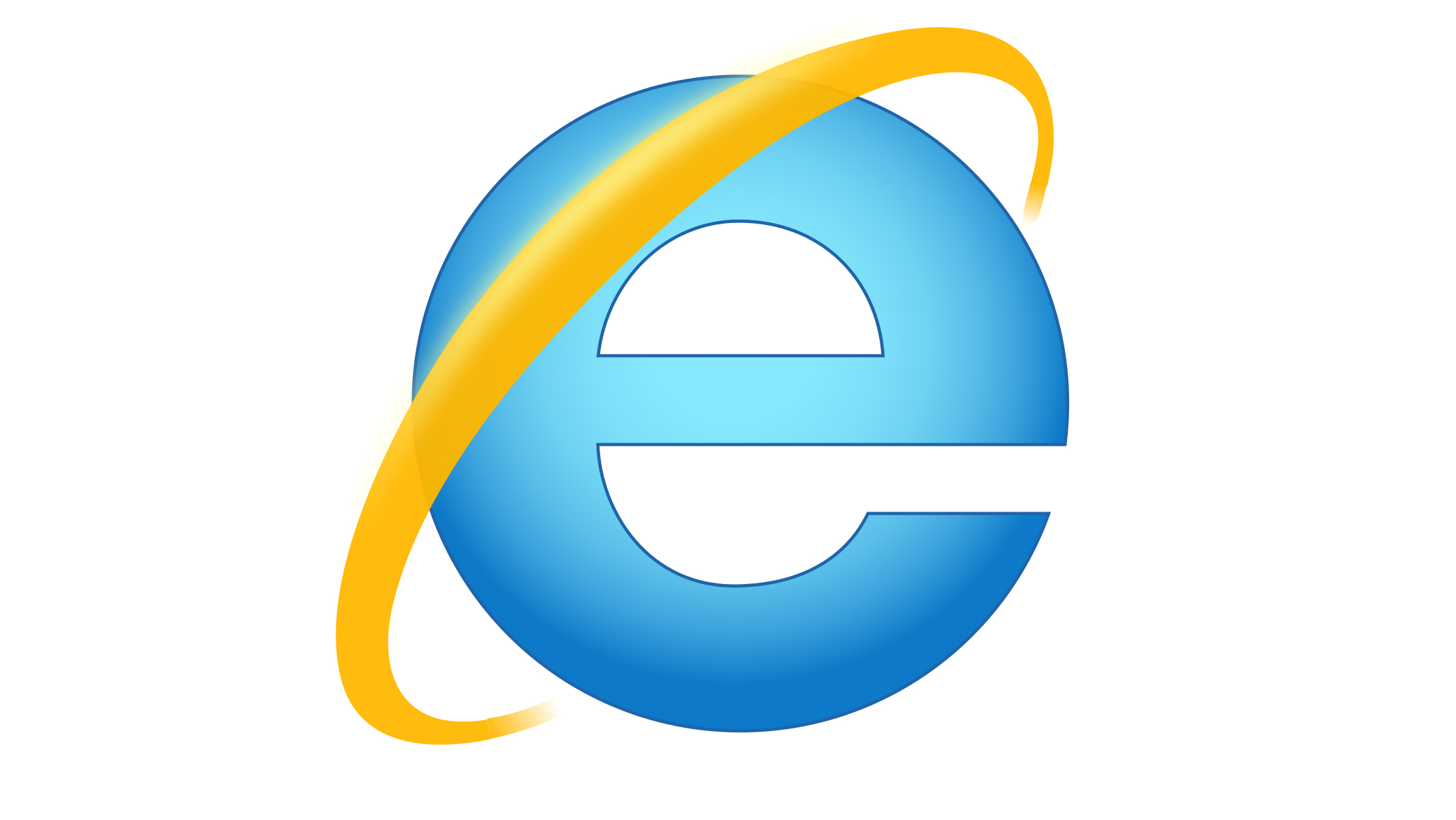Update: Microsoft is now longer supporting Internet Explorer and we've removed it from our guide to the best web browsers. Alternatively, you can read our Microsoft Edge review, the company's latest web browser.
Microsoft isn’t releasing new versions of Internet Explorer, opting instead to focus development efforts on Edge. However, since Edge is only compatible with Windows 10 and several websites and applications are not optimized for it yet, the company continues to maintain Internet Explorer for now. Patches and updates are continually available, but you won’t see any new tools, features or technology developed for Internet Explorer.
Both Internet Explorer and Microsoft Edge have clean interfaces, and they aren’t too difficult to navigate. Microsoft Edge incorporates a lot of the features found in Internet Explorer, such as tabbed browsing and tab organizing. In both browsers, you can add icons to the toolbar that link to popular and frequently visited websites, or you can add them to the homepage. That way, you don’t have to click through your list of bookmarked sites or type in a URL. When typing a web address into the URL bar, both browsers auto fill based on the sites you’ve visited, and they also provide some search suggestions.
Microsoft Edge has improved its tabbed browsing, and you can now hover over an active tab that is not currently being viewed to see a thumbnail image of that page. With this improvement, you don’t have to click the tab to remember what is there.
Another tool Microsoft Edge has is Notes, which lets you highlight words or passages on websites and saves the pages so you can come back to them later to reread the highlighted sections. You can also add notes, which is helpful for research projects.
Internet Explorer and Microsoft Edge have good security features that protect you against some phishing schemes and malware. You can enable tools that block cookies and erase your browser history so it can’t be swiped by spyware. In addition, you can use a privacy browser, which makes it harder to trace your online activity back to you and your device. Microsoft made it easier to find and enable these settings in Edge than in Internet Explorer.
Internet Explorer and Microsoft Edge work on mobile devices, but Edge only works with cell phones that run the Windows 10 operating system. Even then, Microsoft suggests you use ActiveX controls to continue using Internet Explorer on your smartphone because not all apps have been optimized to work with Edge. While testing internet browsers on our desktop computers, we found that there were some sites that had features, such as video feeds, that didn’t work with Internet Explorer, and we were prompted to install and use Microsoft Edge to view them.
If you have the same Microsoft browser installed on both your mobile device and computer, your bookmarks, search history and browser settings sync across both devices so you can always access them.
While Internet Explorer has a good balance of standard features, it is slow. In our tests, it took 4.53 seconds to boot up and load websites, which is slower than average. Some sites only took about 2.72 seconds to load, but that is still double the time of the best browsers we reviewed, including Mozilla Firefox. Microsoft Edge is a little faster, but ultimately, it too was slower than average when navigating to websites and fully loading pages.
Microsoft has a good support options. In fact, it is one of the few browsers we tested that has telephone support. Its online knowledgebase is searchable and very thorough in answering questions. In addition, there are tutorials and user forums to also help answer your questions.
Internet Explorer is a good internet browser, and Microsoft’s newer product, Microsoft Edge, is also very reliable. Both are easy to use and have great security features, though they both take a bit more time to navigate the web compared to other browsers we reviewed. Both save your settings, favorite sites and browser history so you can access them on other devices. However, Microsoft Edge is only compatible with Windows 10, though Internet Explorer works on all versions of Windows. Microsoft suggests continuing using Internet Explorer on mobile devices that need ActiveX controls, even if they run Windows 10, because Internet Explorer is compatible with apps that haven’t been optimized for Microsoft Edge.
Need extra data protection and security whilst browsing? Check out our best antivirus software guide.

